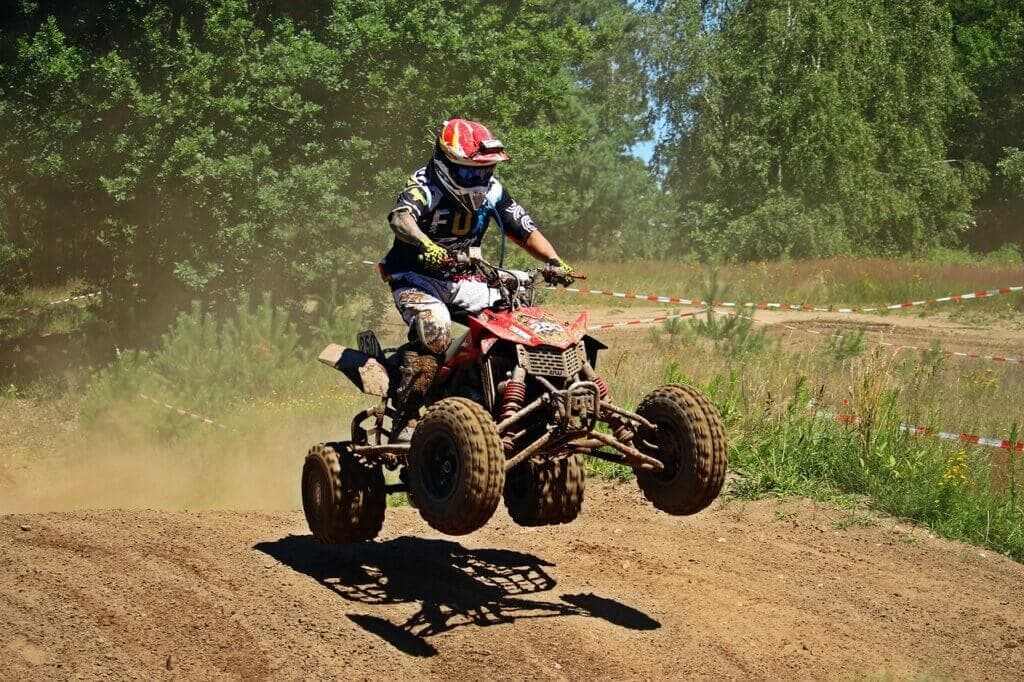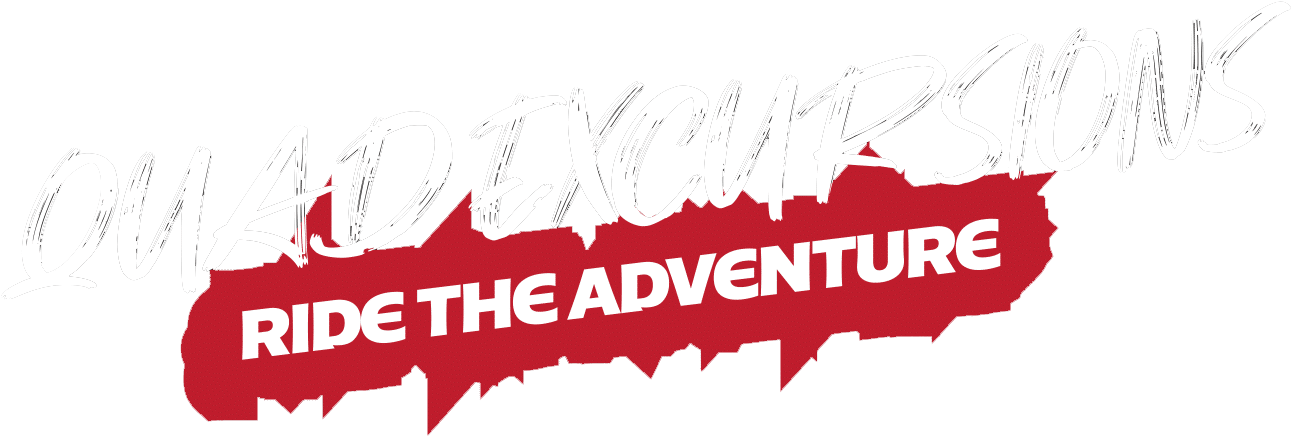Quad riding techniques: what to pay attention to while in the saddle
Tue 29 Nov 2022
Riding a quad bike is a very adrenaline-pumping experience that relies on the preparation and skill of the driver. Also highly appreciated in the sports field, in fact, the quad bike should only be "ridden" after learning the fundamental driving techniques, in order to become aware of the advantages but also the risks that this activity can entail.
Also because quads are not designed to be driven on smooth asphalt, but the terrain of the tracks is rough and unstable, challenging and even treacherous. There are many things to pay attention to when getting on a quad bike, first and foremost doses of concentration and cool-headedness, as well as good endurance and physical strength.
Riding a quad bike: techniques and tips
Even a quad rider who has already reached an expert level must always keep the level of concentration high and further refine their driving techniques. For this reason, it is important to train as much as possible to ride a quad bike, perhaps going on off-road rides, in order to gain experience on any type of terrain and under any weather conditions.
After putting on the helmet, jacket, shoes, and suitable gloves and checking the tire pressure (as too much pressure can reduce ground grip, while too little pressure can deflate the tires and make them come off the rim bead, causing dangerous rolling), it's time to get on the saddle and learn how to master body weight.
The feeling is similar to getting on a motorcycle, but with one main difference: weights need to be distributed differently. On a quad bike, body weight needs to be shifted inside the turn to prevent the inner wheels from lifting. Moreover, if riding at sustained speeds, the rider can also lean out by hooking their lower leg under the seat: this way, the center of gravity will be lowered making turning easier and safer.
One very important piece of advice is to pay attention to the position of the feet when driving a quad. It often happens that the driver uses their foot to push the vehicle if it were to get stuck due to a pothole or other road obstacles, or instinctively puts it on the ground to stop; however, the risk of spraining an ankle is very high.
It is clear that it takes a lot of experience to be able to master this instinct and understand what the most suitable posture is to effectively balance one's weight and get out of trouble, but it is essential to remember that the feet must absolutely be kept on the footboards to ensure safe driving, otherwise you could really hurt yourself.
Even when facing an ascent, body weight plays a crucial role: if the posture on the saddle is correct, half of the work is already done. In case of smooth slopes with no unevenness at the top, it is easily understandable that the best posture is achieved by centering the weight on the center of gravity: the driver will have to lean towards the front end, allowing the front wheels to grip the ground, even though there may be a feeling of lack of grip.
If, instead, the climb is with an almost maximum slope, and if the terrain is also uneven, the speed at which you ride the quad comes into play. Driving steadily, without suddenly accelerating (risking a wheelie), makes it easier to overcome the ascent, always remembering to keep body weight on the handlebar area.
As for descents, of course, the brakes are crucial. In this case, the correct sitting position is more backward and you have to evaluate the gradient of the slope to find the best way to tackle it. A good technique is to engage first gear and bring the engine to idle, being careful to use only the rear brake, otherwise there is a risk of locking up the front brake.
Finally, if you are faced with a side slope, the best technique to tackle it is dictated by the laws of physics: you must shift your body weight in the opposite direction of the obstacle's inclination and keep the engine engaged, perhaps making a slight countersteer.
The post Quad riding techniques: what to pay attention to while in the saddle appeared first on Quad Excursions.



